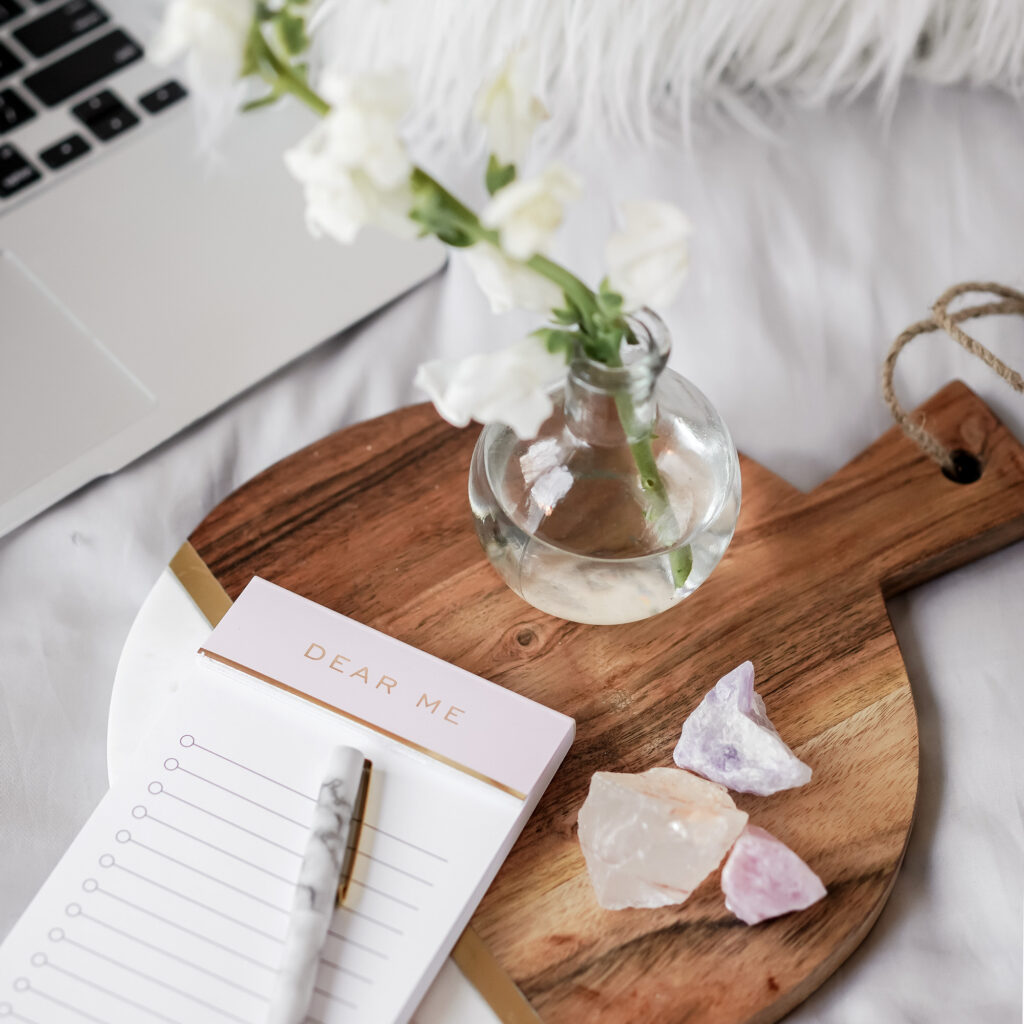Brand archetypes
March 20, 2023
Brand archetypes: how can you attract using archetype key-points
We may all identify with brands in some way. We are attracted to them unconsciously. Did you recall a brand that you love but don’t really know when it started? It almost feels like we know them.
Why do these companies’ products appeal to us? You’ll find all in this article.
The premise of the business process seems simple enough. A business receives money from you in exchange for their goods or services. However, we have connections with some brands that go beyond this simple transaction.
Your feelings towards your core brands are therefore anchored in fundamental human psychology, whether you are deeply attached to your MacBook or just won’t purchase fast food from anywhere other than McDonald’s. Here is where brand archetypes come into play.

What is a Brand Archetype?
A brand archetype is a personification of your company based on 12 fundamental human values and wants. The purpose of developing your feminine brand design archetype is to create a brand narrative and build an emotional bond with your target audience.
Brand Archetypes Wheel
Here are Carl Jung’s 12 brand archetypes to guide you in selecting the right one for your company:
1.The Innocent – Embodies happiness, kindness, optimism, safety, romance. The Innocent’s deepest desire is to experience paradise. Coca-Cola, Wii, and Dove are some examples of well-known brands.
2. The Everyman – Looks for connections and a sense of belonging. The Everyman exemplifies the virtues of simply being an ordinary person. IKEA, Home Depot, and eBay are some examples of brands.
3. The Sage – The Sage is a seeker of truth, knowledge and wisdom. These companies exude expertise and a sense of being well-informed. Education-focused companies, like Coursera and Discovery, typically exhibit this archetype.
4. The Explorer – Their motto is: ,,You only get one life. Make it count.” These companies promote a passion for taking risks. Famous brands that use the Explorer archetype: Jeep, Patagonia, The North Face.
5. The Outlaw – The Outlaw is tempted by the forbidden fruit. This archetype’s main themes are rebellion and disruption. Vans, Harley Davidson, Snickers are some of the best examples of this brand archetype.
6. The Magician – The Magician has dreams that others consider impossible. When we talk about this archetype, the first thing that comes to mind is none other than Disney. The Magician archetype is ideal for any brand that offers some element of mystery or mystique.
7. The Hero – Everything seems to be lost until the Hero rides over the hill and saves the day. They emphasise the significance of change. As a result, a company like Nike is viewed as a transformational weapon, rather than a supplier of footwear.
8. The Jester – The Jester is all about having a good time and living in the moment. Famous brands that use the Jester archetype: M&M’s, Old Spice, Geico.
9. The Caregiver – craves service. The main theme of this archetype is altruism. Nonprofit and sustainability brands use this archetype often.
10. The Ruler – The primary motivation is to gain power. In branding, the Ruler archetype is best for: Luxury Cars, Watches, Upscale Hotels.
11. The Lover – craves intimacy and focuses heavily on the senses. Popular lover archetypes are Channel, Victoria’ s Secret, and Alfa Romeo.
12. The Creator – The Creator archetype can be found in any endeavour that uses the human imagination. Technology brands like Apple and Adobe are perfect examples of this archetype.

Why should you use brand archetypes?
- Brand archetypes can help any brand, regardless of size or success.
- It is simpler for consumers to understand an archetype because it is connected to a narrative.
- Too often, brands appear to be disconnected from their intended audience.
- An archetype can help you bridge that gap and establish an emotional connection with your audience.
Has this been useful? What archetype is your brand? Send me a message or an email if you have any comments or questions!
Leave a Reply Cancel reply
"Where creativity meets love your brand blossoms into a beautiful story"
Follow me
Terms & Conditions